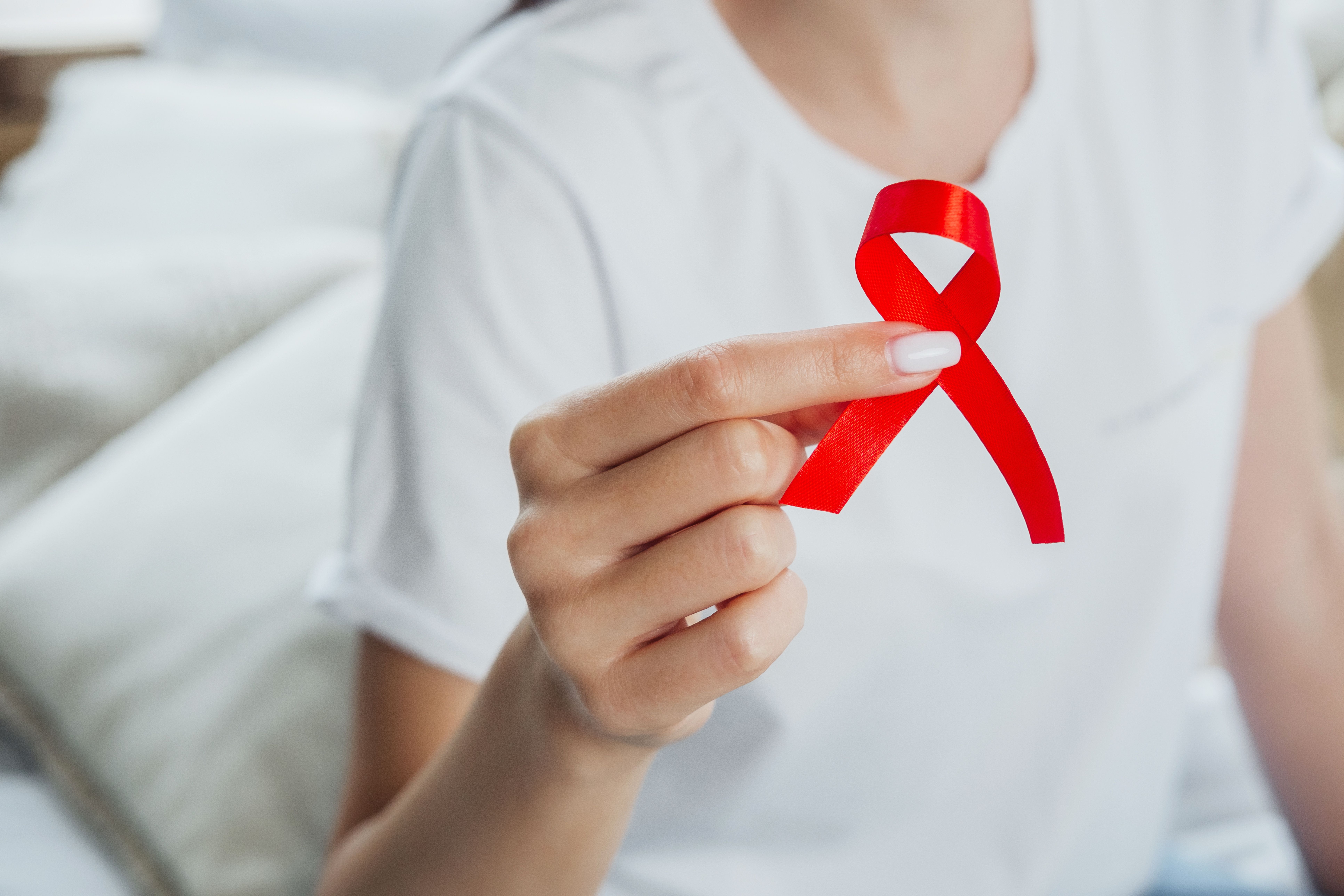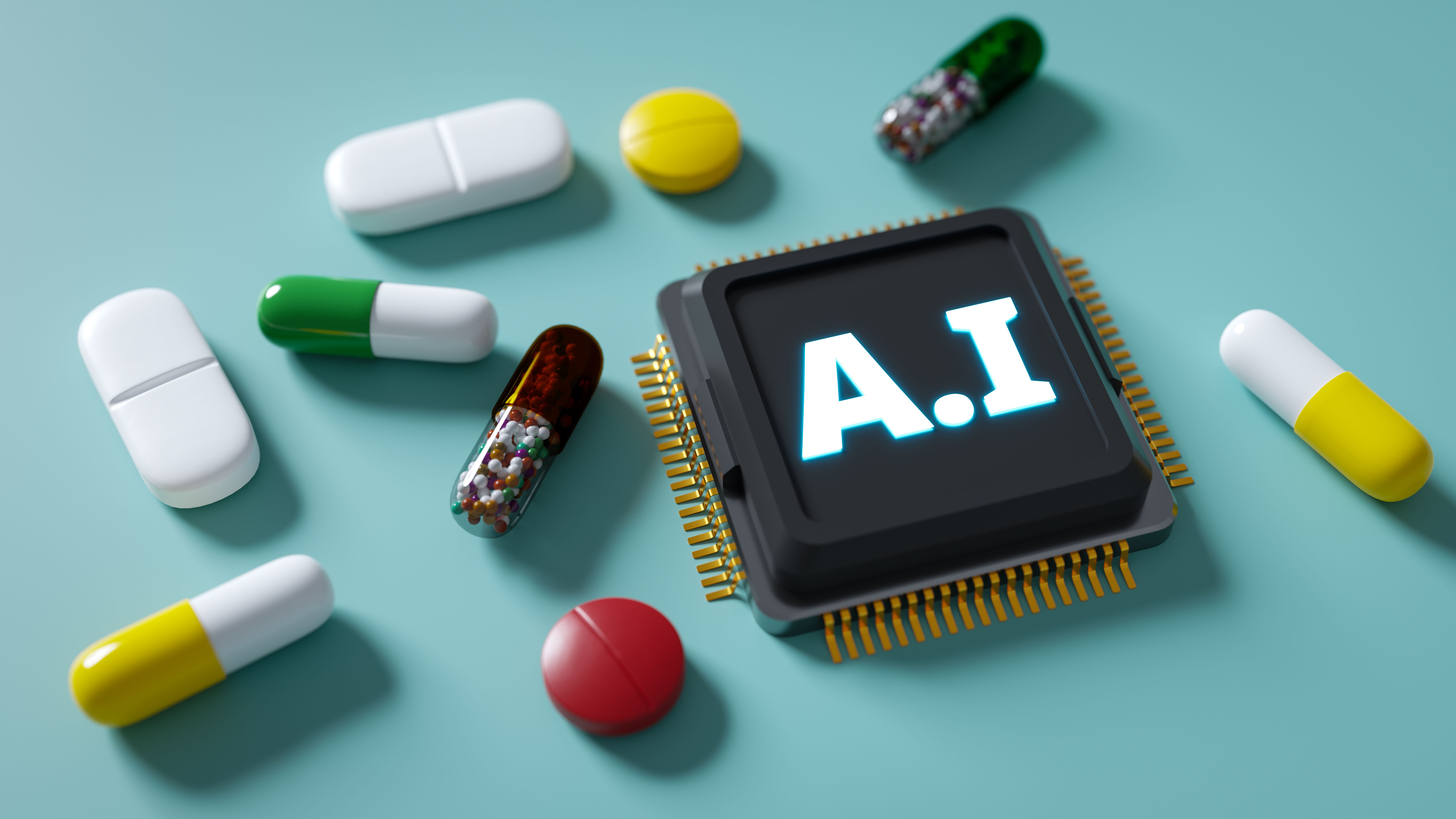Article
Paper Is Hurting All Healthcare Stakeholders
Author(s):
Surveys find that paperwork and administrative chores are a key source of physician burnout, but healthcare has been slow to catch up with other industries in going paperless.
Healthcare is one of the last industries where the majority of information is primarily transmitted via paper, including the information associated with the payment process: explanations of payment (EOPs), explanations of benefits (EOBs), mailed paper statements, paper check payments, etc.
Overall, the ability to support these paper-based transactions requires manual processes that cost the industry significant resources. Consider: McKinsey found that 16% of total healthcare spending is on administrative costs.
The costs are not just monetary either, as 21% of physicians’ time is spent on nonclinical paperwork, according to the 2016 survey from the Physicians’ Foundation. Additionally, 87% of physicians say paperwork and administration are a key source of staff burnout.
However, providers alone do not suffer the burdens of paper clogging up their time and resources. These costs are felt across all healthcare constituents.
The Payer and Provider Paper Disconnect
Every year, 3 billion transactions take place via paper-based and manual processes between providers and payers, according to the 2016 CAQH Index Report. In fact, 88% of providers reported that they received paper checks and EOPs from one or more of their payers. With that same group of providers, 85% said that they preferred to receive payer payments via electronic remittance advice (ERA) and electronic funds transfer (EFT). Yet, only 13% of providers said they prefer payments in the form of paper checks and 2% preferred virtual card payments from payers.
Providers are required to navigate paper processes with both payers and consumers to get paid. Therefore, the costs and time to process a paper claim, paper check or paper statement directly impact their bottom line. The average time spent on processing a manual paper-based transaction is 8 minutes, but can be as long as 30 minutes and costs $3 more when compared to electronic transactions, the CAQH Index Report finds. This may be why so many providers reported that they prefer electronic transactions over paper. In addition to the 85% of providers who prefer EFT payments from payers, 58% of the providers surveyed preferred an electronic payment method from consumers.
Some forward-thinking payers are working to close this disconnect between how providers want to get paid and how they actually get paid by payers. Data from the InstaMed Network confirms this trend as ERA/EFT payments increased 106% from 2013 to 2016, with a 27% annual growth rate each year.
Untapped Potential of Electronic Transactions
The CAQH Index Report finds that if electronic transactions were to become the norm in the industry over today’s paper processes, the potential annual savings would be $9.4 billion in overall administrative costs. Put simply, electronic options for payments require much fewer resources to complete a transaction when compared to paper transactions. For example, an automated email notification can be sent to a consumer with a link to pay online. If the consumer makes a payment that way, there is no staff intervention needed to collect the payment.
The industry could further lower administrative costs by $24 billion to $48 billion annually from productivity gains made through increased automation and self-service, according to McKinsey.
The Healthcare Industry Is Prime to Go Paperless
It appears that many in the industry are ready for the change from a paper-heavy payment market to realize the potential of electronic transactions. As the consumer’s role grows, the industry must meet their expectations of an electronic payment experience. Right now, consumers expect Amazon-like experiences, but 86% of consumers still receive a paper medical bill. Within that same group of consumers, only 21% of consumers actually want to use checks to make healthcare payments.
As consumers turn away from paper in the healthcare payments process, electronic and automated payments are quickly gaining consumer favor. Data from the InstaMed Network shows that consumers are increasingly adopting the option to leverage automated payments in healthcare as the total number of automated payments on the InstaMed Network is growing at a rate of 111% per year. Ignoring this consumer expectation may result in lost revenue and damage to the consumer’s relationship with their healthcare organization.
The Trends in Healthcare Payments Seventh Annual Report: 2016 is now available to download — free of charge. For the last seven years, InstaMed has released this report to objectively educate the market and promote awareness, change and greater efficiency through quantitative data from the InstaMed Network and qualitative data from healthcare providers, payers and consumers surveyed nationwide.




